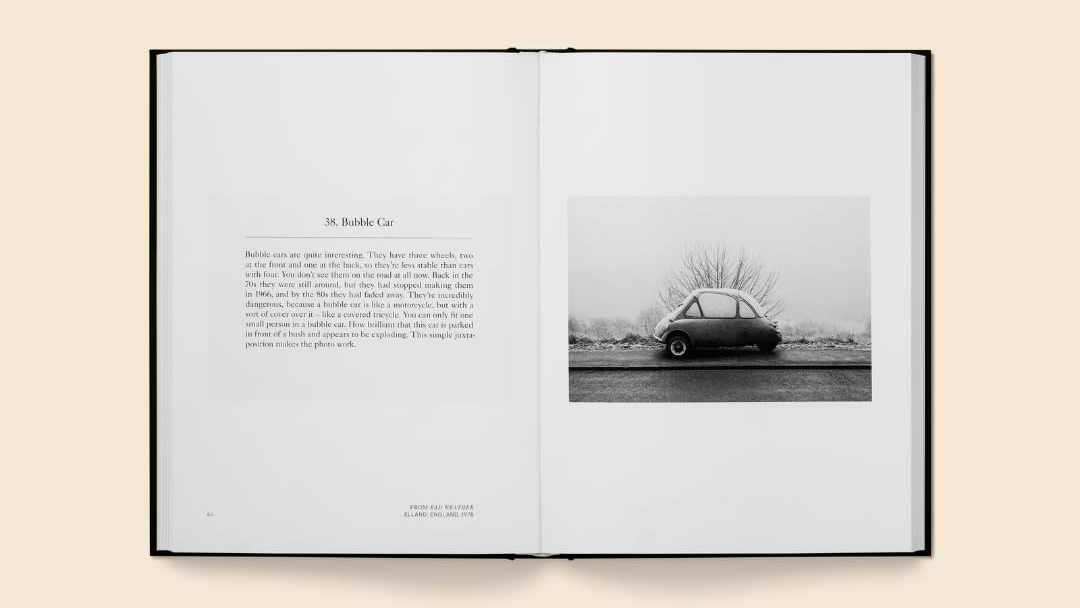Mistakes to avoid on a photo walk this weekend, and tips to remember
My camera always accompanies me on a stroll – here are the things I do (and avoid) to capture so many 'keepers'

A photo walk is something I'm sure most of us do on a regular basis. But even if you have the best mirrorless camera that money can buy, if you only ever walk the same route and put little thought into the subjects you'd like to photograph along the way, you'll quickly end up bored. A little planning goes a long way.
I briefly escaped city life on a photography excursion into England's rural Somerset, having researched a few locations online, and packed a light kit bag including my Nikon AF-S DX 18-140mm f/3.5-5.6G and Nikon AF-P DX 10-20mm f/4.5-5.6G lenses. Both are very versatile and offer a broad focal range to suit a variety of environments. I followed a circuitous route that took me through woodland, up hills and past several landmarks.
Photo walks should be leisurely: roam at your own pace, enjoy your surroundings and try something new today.
5 tips for photo walks
1) Do plan your photo walk
Planning ahead is key – make sure you research your chosen area for photogenic locations. Your plan doesn't have to be too rigid; allow time to explore any surprises you find along the way, too. Plan for the best light. You might head for a woodland when the sun's at its highest, saving sunset for a location out in the open.
2) Don't pack your kit bag at the last minute
Check that you batteries are full and your memory cards are empty – spares are essential. I clean my lenses and check my camera's sensor the day before. Dust spots can potentially ruin your images! A sturdy tripod is helpful, too. I've regretted not taking one out many times before, so nowadays I always keep one with me.
3) Don't rush things
Take your time and don't rush. Enjoy your surroundings and be vigilant for photographic opportunities. It's easy to get caught up in the moment of a stunning sunrise or sunset and forget to check your exposure settings, or simply get distracted and overlook a better vantage point or subject you've just walked past.
4) Do keep tabs on your camera settings
Since you'll be photographing a lot of different subjects, you'll need to be extra disciplined when it comes to your camera settings. Think about slowing down your shutter speed if you're photographing a waterfall, exposing for the highlights if you're shooting a bright sunset, or turning off image stabilization if you're shooting on a tripod.
The best camera deals, reviews, product advice, and unmissable photography news, direct to your inbox!
5) Do use the center focus point
I use single-point autofocus to lock onto subjects. When doing so, I'll focus using the center focus point (and AF-S) to lock focus and then recompose as desired. This is because the center focus point on a camera is the most accurate. If the AF is struggling, I'll switch to manual focus for better results.
Expert tip
To fully benefit from your photo walk, take the time to reflect on the new skills you've learned. When you filter through your images, note down any mistakes you made, such as compositional errors, over / underexposure or soft focus, so you can remedy these issues when you head out on your next photography mission!
You may also be interested in the best lenses for landscapes, and the best travel tripod.

Chris is a prolific amateur photographer who’s used film, bridge, DSLR and mirrorless cameras over the years. He’s an avid Nikon user and has proven time and again that you can create incredible images with the simplest of kit. What Chris cannot capture with his trusty Nikon D3500, isn’t worth photographing.





